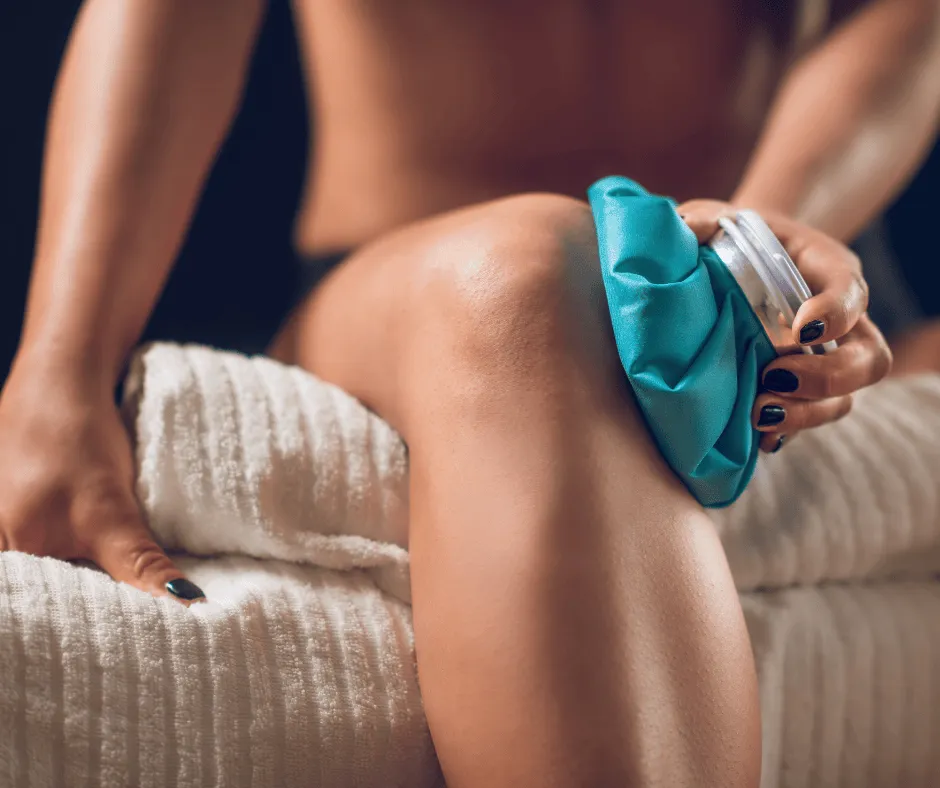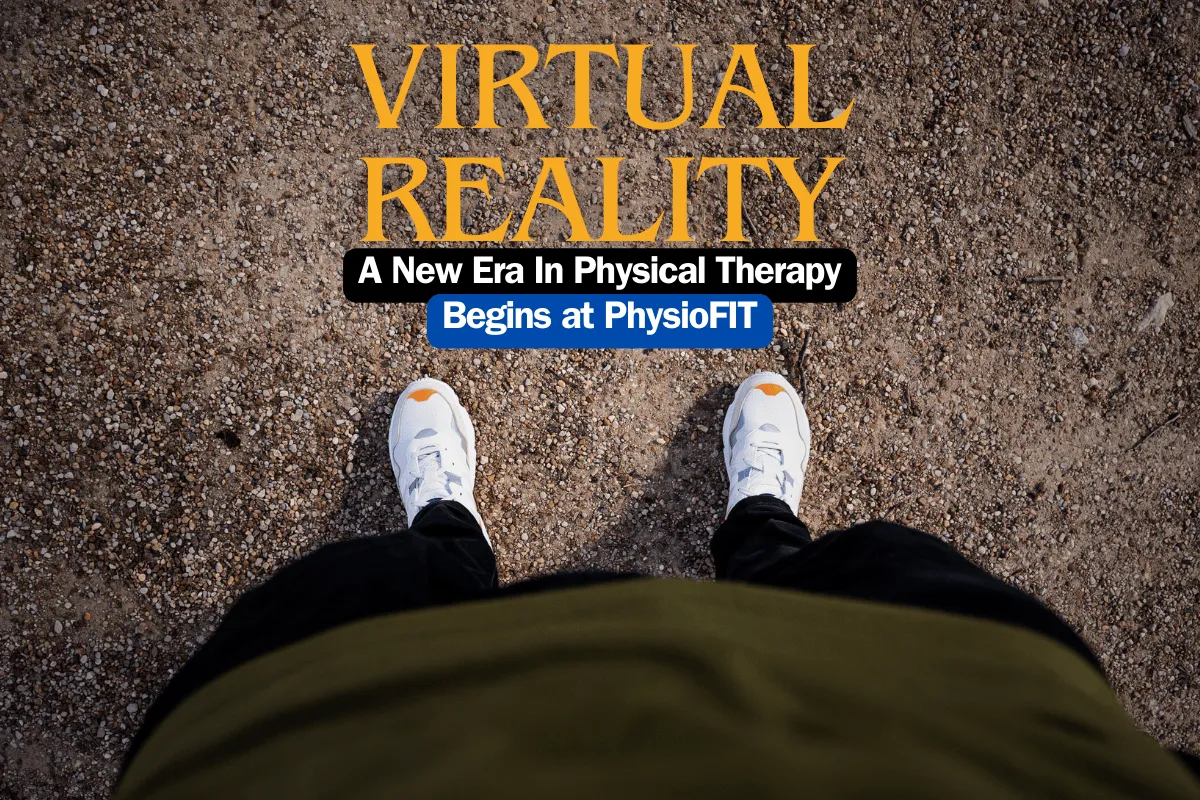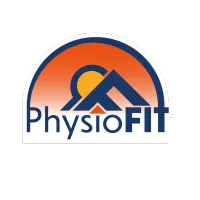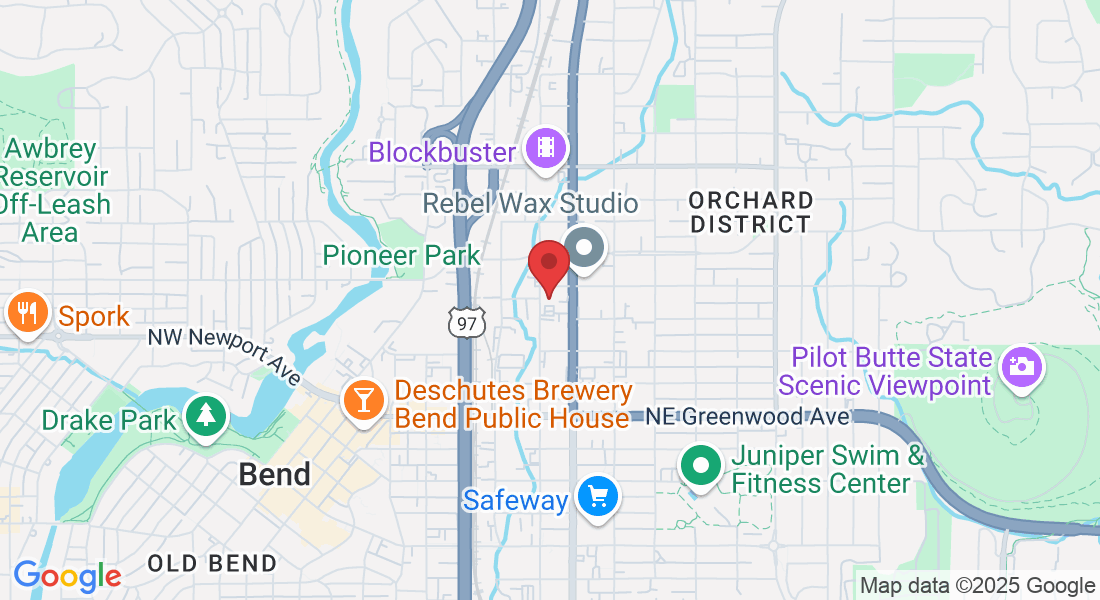Knee Pain Relief
Your Pathway to Knee Pain Relief
In the journey of life, knee pain can often emerge as an unwelcome companion, causing discomfort to people of various ages. From young athletes to active seniors, knee pain is a widespread issue that doesn't discriminate. It may be born out of a sudden injury, like a torn ligament or ruptured cartilage, or it could be the byproduct of a medical condition such as arthritis, gout, or even an infection.
Thankfully, minor knee pain often responds positively to strategies such as physical therapy, using knee braces, maintaining a healthy lifestyle, and can often provide significant relief. Here at PhysioFit, we understand that your journey to pain-free living is unique. We're here to provide customized, evidence-based treatments with a fitness-based approach to alleviate your knee pain effectively, helping you return to your everyday activities.
What You Should Know
Aging, injury, or recurring stress on the knee are the leading causes of knee pain.
Prevalent knee issues encompass sprains or strains in ligaments, cartilage tears, tendonitis, and arthritis.
A proper diagnosis of a knee problem involves a thorough evaluation from a professional or a medical examination, supplemented by diagnostic procedures such as MRIs, CT scans, X-rays, or arthroscopy.
Depending on the type and severity of the condition, both non-operative and surgical treatments are available to alleviate knee pain and problems.

4 of the Most Common Knee Problems
The knee, a complex and integral joint in the human body, can be prone to several issues. These complications often result from natural aging, consistent stress on the knee joint, or an injury. Let's discuss four of the most common knee problems:
Strained or Sprained Knee Ligaments and Muscles: Often the result of a sudden blow or twist to the knee, strains or sprains affect the ligaments and muscles in your knee. The typical symptoms include pain, swelling, and difficulty in walking.
Torn Cartilage: Our knees consist of menisci, which are pads of connective tissue acting as shock absorbers while providing stability. These can tear due to knee trauma, often coinciding with sprains. The usual treatment ranges from wearing a supportive brace to undergoing surgery, depending on the severity of the tear.
Tendonitis: This refers to the inflammation of tendons from overuse during activities like running, jumping, or cycling. An example is patellar tendonitis, also known as "jumper's knee." It's common among sports enthusiasts who partake in high-impact activities like basketball, where the repeated force of landing can strain the tendon.
Arthritis: Osteoarthritis, the most common type affecting the knee, is a degenerative condition where the joint cartilage wears away gradually, often affecting middle-aged and older individuals. Excessive stress on the joint, due to repeated injury or being overweight, can cause it. Another form, Rheumatoid arthritis, can cause inflammation and destruction of the knee cartilage, often affecting individuals at a younger age than osteoarthritis does.
Remember, if you resonate with any of the symptoms or conditions mentioned, we highly recommend making an appointment with us for a thorough evaluation and personalized treatment plan.
Preventing Knee Pain
While it might be impossible to completely avoid knee pain, these strategies can aid in averting injuries and slowing down joint wear:
Maintain a Balanced Weight: Keeping your weight in check is one of the most beneficial actions for your knees. Each extra pound exerts additional stress on your joints, heightening the likelihood of injuries and osteoarthritis.
Condition Yourself for Sports: To equip your muscles for the rigors of sports activities, incorporate conditioning exercises into your routine.
Aim for Perfection in Practice: Strive to perfect your technique and movement patterns for any sport or physical activity. Professional coaching can be valuable in this aspect.
Strengthen and Flex: Weak muscles often precipitate knee injuries. Strengthening your quadriceps and hamstrings, which are front and back muscles of your thighs, will help bolster your knee support. Engage in balance and stability training for more effective muscle coordination around your knees.
Remember, tight muscles can also lead to injuries, so flexibility exercises should be a regular part of your workout regime.
Exercise Wisely: If you're dealing with osteoarthritis, chronic knee pain, or frequent injuries, you may need to reconsider your exercise methods. Contemplate shifting to swimming, water aerobics, or other low-impact activities. At times, simply limiting high-impact activities can result in substantial relief.

Common Symptoms of Knee Pain
Inflammation and rigidity
A reddish hue and a warm feeling when touched
Sounds of popping or crunching
A sense of weakness or lack of stability
Difficulty in fully extending the knee
Remember, if you resonate with any of the symptoms or conditions mentioned, we highly recommend making an appointment with us for a thorough evaluation and personalized treatment plan.
Please Note: The information provided on our website is intended for general education and is not a substitute for professional medical advice. Each individual's situation and body is different. Therefore, what may work for one person may not work for another. We care about your well-being and advise you to reach out to us to discuss your specific needs before implementing any advice from our website.
Your Source for All Things Physical Therapy in Bend Oregon
The PhysioBlog

PhysioFIT's VR Edge: Pioneering a New Era in Physical Therapy in Bend
Physical Therapy In Bend Oregon
Please Note: The information provided on our website is intended for general education and is not a substitute for professional medical advice. Each individual's situation and body are different. Therefore, what may work for one person may not work for another. We care about your well-being and advise you to reach out to us to discuss your specific needs before implementing any advice from our website. If you’d like to explore this more or would like to schedule a time with a physical therapist in Bend Oregon, contact us at PhysioFITBend.com
Introduction
In Bend, Oregon, a cutting-edge transformation is reshaping the field of physical therapy, led by the pioneering efforts of PhysioFIT. As the only clinic in the area harnessing the power of Virtual Reality (VR), PhysioFIT is redefining recovery and rehabilitation processes. This innovative approach perfectly aligns with Bend's dynamic, outdoor lifestyle, offering a unique blend of technology and therapeutic expertise.
By integrating VR into our practice, PhysioFIT stands at the forefront of modern physical therapy, providing a highly engaging, personalized treatment experience that is unmatched in the region. This progressive technique not only aligns with the active spirit of our community but also elevates patient care to new heights, setting PhysioFIT apart as a leader in innovative and effective rehabilitation solutions.
The Rise of VR in Physical Therapy: A Technological Leap
Virtual Reality in physical therapy is a groundbreaking advancement, reshaping our approach to rehabilitation and recovery. By integrating VR, our therapists at PhysioFIT are offering immersive, interactive treatments that elevate the patient experience far beyond traditional methods.
Benefits of VR in Physical Therapy:
Enhanced Engagement and Motivation: VR transforms repetitive, mundane exercises into engaging, interactive experiences. This heightened engagement motivates patients, encouraging regular participation and adherence to therapy programs. It helps focus your mind in ways it wouldn’t normally focus while doing most traditional therapies.
Improved Cognitive and Physical Outcomes: VR scenarios are not just visually stimulating but are also designed to improve cognitive functions and motor skills. This is particularly beneficial in neurological and pediatric conditions where conventional exercises might fall short in sustaining interest.
Real-time Feedback and Adaptability: One of the most significant advantages of VR is its ability to provide immediate feedback. This allows therapists to adapt rehabilitation programs in real-time, addressing the individual needs and progress of each patient. Our PT’s can see what you see while you’re wearing the VR goggles.
VR for Diverse Conditions:
Neurological Rehabilitation: VR plays a crucial role in the rehabilitation of neurological conditions. For patients recovering from a stroke, managing Parkinson's disease, or dealing with multiple sclerosis, VR aids in enhancing balance, coordination, and fine motor skills. The immersive nature of VR helps in retraining the brain, fostering neuroplasticity.
Orthopedic Recovery: In the realm of orthopedic rehabilitation, VR is a game-changer. Whether it's post-surgical rehabilitation or managing chronic pain, VR offers innovative exercises that enhance strength, flexibility, and mobility. It's particularly effective in addressing conditions like ankle sprains, knee surgery recovery, and shoulder pain.
Pediatric Therapy: For children, VR turns physical therapy into a fun, engaging activity. Conditions like cerebral palsy, autism, and developmental delays require a specialized approach, and VR's playful, interactive nature holds their attention, making therapy sessions more effective.
Innovations and Research: The Scientific Backing
The efficacy of VR in physical therapy is backed by growing research. Studies consistently demonstrate improvements in balance, coordination, strength, and overall mobility among patients using VR, as opposed to traditional rehabilitation methods. These findings are crucial in cementing VR's role as a safe, effective, and innovative tool in physical therapy. With the new addition of Virtual Reality into the clinic, PhysioFIT is “leading the pack” among physical therapists in Bend.
Expanding the Scope: VR in Various Therapeutic Settings
Vestibular Rehabilitation: VR is proving to be invaluable in vestibular rehab, especially in conditions causing vertigo and balance issues. Custom VR scenarios challenge the vestibular system, aiding in faster recovery.
Chronic Pain Management: For chronic pain sufferers, VR provides a unique form of distraction therapy, helping in pain management and improving quality of life.
Sports Rehabilitation: Athletes in Bend can benefit from VR, especially for injury prevention and performance enhancement. VR simulations can mimic sport-specific movements, aiding in targeted rehabilitation.
Conclusion
Virtual Reality in physical therapy, as championed by PhysioFIT, represents much more than a technological leap; it marks a significant paradigm shift in patient care and rehabilitation methodologies. In the lively and active community of Bend, Oregon, PhysioFIT is leading the way with VR, not just as a tool but as a transformative pathway in the rehabilitation experience. This technology dovetails with the community's ethos of active living, providing an avenue for accelerated recovery and substantial improvement in overall quality of life for those undergoing therapy.
At PhysioFIT, the implementation of VR transcends traditional therapy boundaries, offering a holistic approach that addresses both physical and mental well-being. This innovative platform ensures that recovery encompasses not just regaining strength or mobility, but re-engaging with life in a meaningful and enjoyable manner. For our PhysioFIT patients, this means a rehabilitation experience that is both effective and empowering, fostering a sense of achievement and progress with every session.
Moreover, PhysioFIT's adoption of VR in our practice underscores our commitment to embracing advanced technology to deliver the highest standard of healthcare. It reflects our dedication to providing innovative treatment options, grounded in scientific research and ensuring safety, reliability, and effectiveness.
By integrating virtual reality physical therapy (VR physical therapy) at PhysioFIT, we're not just setting a new benchmark in patient care; we're enhancing lives. In doing so, we are not only promising a brighter, healthier future for our patients but also opening up a world of possibilities, free from the constraints of physical limitations. For the Bend community and beyond, PhysioFIT's introduction of VR in physical therapy is a stride towards a future where cutting-edge technology and expert human care converge to create transformative, immersive, and deeply impactful healing experiences.
FAQ
Q: What makes VR different from traditional physical therapy methods?
A: Unlike traditional methods, VR offers an immersive, interactive experience that can be tailored to each patient's specific needs, providing a more engaging and potentially faster rehabilitation process.
Q: Can VR physical therapy be used at home?
A: Yes, with the right equipment and guidance from a therapist, VR physical therapy can be adapted for home use, allowing for greater flexibility and convenience in treatment.
Q: How does VR impact mental health during physical therapy?
A: VR has been shown to positively influence mental health by reducing anxiety and improving mood, which can be particularly beneficial in the holistic recovery process.
Please Note: It's important to note that any exercises or techniques that are shared should be performed under the guidance of a qualified bend physical therapy expert to ensure correct technique and to prevent injuries. A physical therapist can provide a customized exercise program based on the individual's fitness level, goals, and any existing injuries or conditions. If you’d like to explore this more or would like to schedule a time with a physical therapist in Bend Oregon, contact us atPhysioFITBend.com
Copyright PhysioFIT 2025 . All rights reserved


